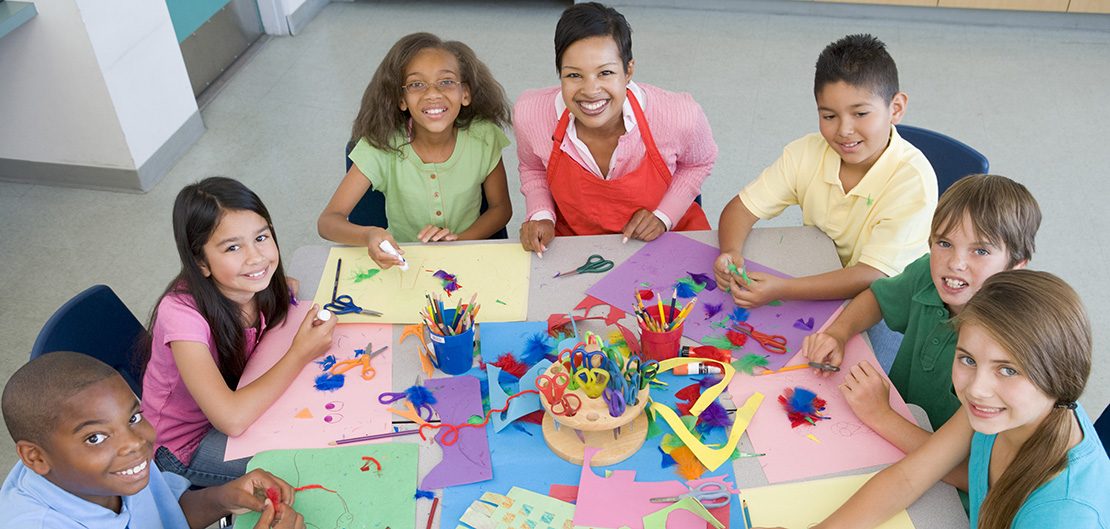Trauma & Anxiety Toolkit

Children and teens who have been diagnosed with cancer can experience trauma in different forms throughout the course of treatment and recovery that impact them physically, mentally, and emotionally. For some children and teens, these experiences can be short or last for long periods of time.
- Loss of hair
- Hospital stays and clinic visits
- Surgery, needles, and other medical procedures
- Changes to the body due to medication, surgery, transplant, muscle atrophy, etc.
- Initial diagnosis and follow-up scans
- Concern for parents and siblings
- Death of friends who also have been diagnosed
Children and teens who have been diagnosed with cancer can have moments after returning to school that remind them of traumatic events that they experienced during their cancer treatment or visits to the hospital. In these situations, educators need to be prepared to help students manage their emotions while they are at school.
- Short morning meetings to check in on what the child is thinking
- 5-minute drawing/coloring sessions at the start of each day
- 5-minute morning stretch break at the start of the day
There may be moments in the school day where a student may need to take a break from classroom activities because they need to rest or are feeling overwhelmed. These activities can help a student take some time for a break:
- 5-minute check ins with the school nurse or identified school staff/administration
- Water breaks
- 5-minutes of listening to calming music
- Calling home to caregiver to check-in and say “Hello”
- Taking a walk around the building
- Visiting the school counselor
- Drawing or coloring for 5-minutes
A de-stress zone or calm down corner in the classroom may help students in moments where they feel fear, worry, or stress and can create a safe classroom environment. Having an area designed for all students to use can also help the student with cancer feel some normalcy if both they and their classmates use this area.
De-stress zones may include:
- Crayola Model Magic (found in most stores with arts and craft supplies)
- Velcro dots or strips to place on desk - students can rub both sides of the Velcro to help with focus and re-engagement in classroom activities and learning
- Felt strips to be cut into shapes that students can keep in their pocket
- Bubbles
- Coloring sheets (or grown-up coloring books for adolescents)
- Lotion in a calming scent
- A small music player or an MP3 player
- Easy-to-read books or comics (books that are fun!)
- Sticker books
- Stress balls
Find organizations and support services for children and teens diagnosed with cancer using the Pediatric Cancer Resource Guide from the South Carolina Cancer Alliance.
[1] Alma, Morgan. “Childhood Cancer Education Toolkit Educator Section.” ASK Childhood Cancer Foundation. Accessed December 5, 2023. https://www.askccf.org/_files/ugd/44e813_74672b9bfdf64b0d95f339b5cbf2829e.pdf.